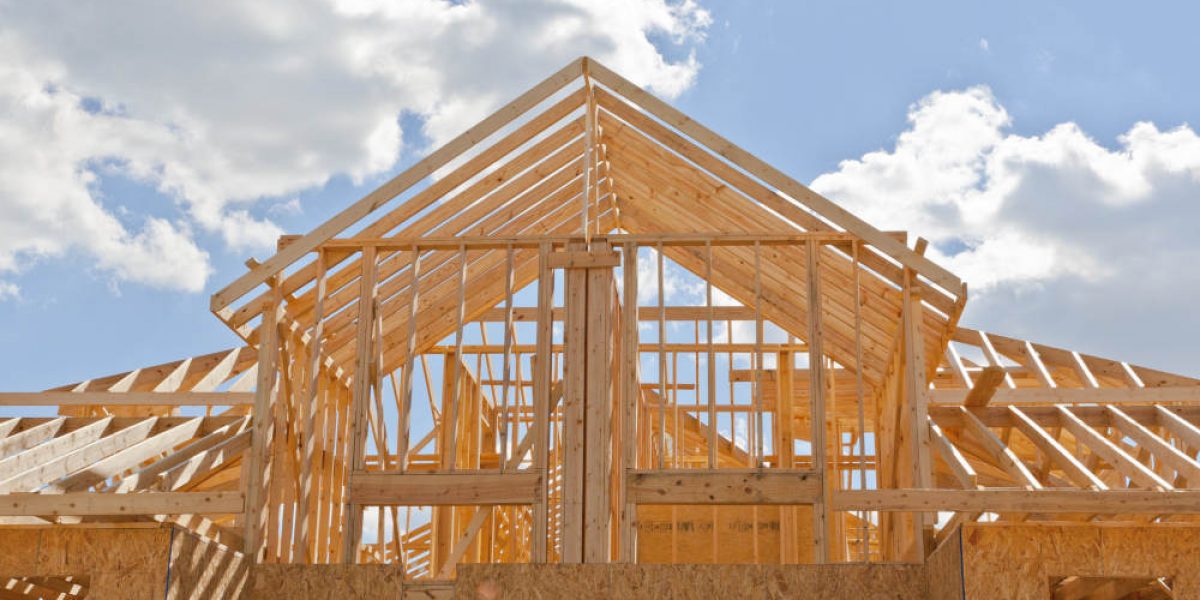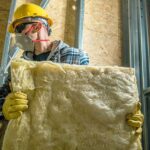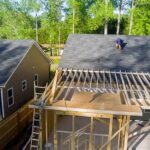In April 2021, members of the Los Angeles City Council started discussing a motion that could define the future of construction regulations in the region. It is important to note that Los Angeles often acts as a bellwether in terms of setting construction trends across Southern California, which means that the L.A. building code tends to spill over to other jurisdictions. The motion in question was related to fire protection, and it specifically mentioned Type V construction.
Building a Safer Los Angeles
Building a Safer Los Angeles is the name given to the motion mentioned above, which would enact new construction codes for the purpose of making new residential and commercial structures more fire-resistant. In essence, the motion would expand the definition of Fire District 1 to all areas where there are more than 5,000 residents living and working within a square mile. Should this motion pass, all new homes and commercial buildings would be prohibited from being made with Type V construction materials if they are located in a Fire District 1.
Type V construction allow about an hour of fire retardation
Type V construction is fairly common around California; it basically refers to the use of wood-frame structures, and it is not very strict in terms of installing non-combustible materials. When it comes to fire safety, Type I construction involves materials that are almost fireproof, while Type V construction provides more flexibility. This does not mean that the construction code allows the use of highly flammable materials, but it is not as stringent with Type V construction, which also happens to be preferred by advocates of affordable housing initiatives. The acceptable non-combustible features of Type V construction allow about an hour of fire retardation.
The Increasing Dangers of Wildfires in California
There is no question that fire safety is paramount in Los Angeles; after all, this is a very populous city that experiences severe drought periods and is at constant risk of massive wildfires stoked by the seasonal Santa Ana winds. L.A. also has gridlock issues that make emergency evacuations complicated. Many portions of Southern California could qualify as Fire District 1 areas.
The problem with limiting the use of Type V construction materials is that such a move would greatly increase building costs. Those who are opposed the City Council motion argue that it is more important to establish fire breaks and come up with better evacuation plans instead of using more expensive construction materials. In the end, if this motion starts gaining support, it may be a good idea to get construction projects completed before the new building code goes into effect.








